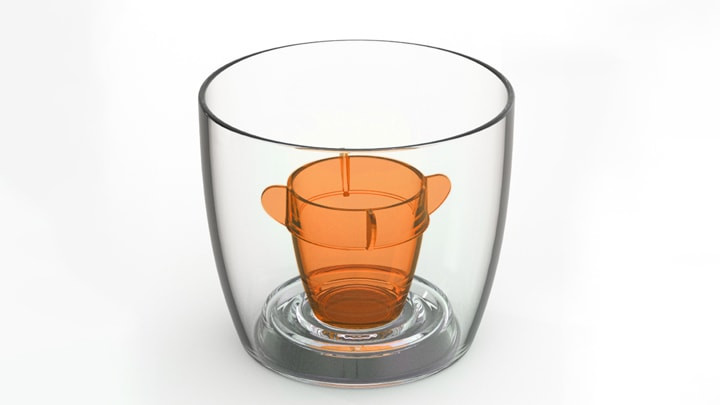 Add My Company
Add My Company
Ultrasonic Welding Explained

Here, you will find valuable information and resources on this advanced joining technique. Whether you are an experienced industry professional or a curious beginner, our goal is to provide you with comprehensive insights into the principles and applications of ultra-sonic welding used by injection moulders. Discover the science behind vibrations and learn how this technology has transformed the field of material bonding.
What is Ultrasonic Welding?
Ultrasonic welding is a technique widely employed by injection moulders, specifically for joining plastic parts. It plays a crucial role in achieving a robust bond between two plastic components. By utilising high-frequency mechanical vibrations, typically ranging from 20 to 40 kHz, ultrasonic welding creates a reliable connection.
The process involves holding the two plastic parts together under pressure while subjecting them to the vibrations emitted by an ultrasonic welding machine. These vibrations penetrate the interface between the parts, generating localised heating through friction and molecular interactions.
As the polymer heats up, it undergoes softening and becomes more pliable. With the applied pressure, the softened material fuses together, solidifying as it cools down. This entire process occurs rapidly, often within seconds, making it ideal for high-volume production for injection moulding companies.

Ultrasonic welding offers several notable advantages for injection moulding applications. It presents a fast and efficient method of joining plastic parts without the need for additional adhesives, solvents, or mechanical fasteners. Furthermore, it yields clean and visually appealing welds, with minimal to no visible seam lines.
At Great Central Plastics, we provide access to ultrasonic welding services for our clients who require the fusion of two parts. One prime example is the two-part bomber cup that we manufacture for one of our clients The Bomb Cup Shop. By utilising ultrasonic welding, we are able to combine separately moulded components in contrasting colours, resulting in a seamless final product.
For more information on Ultrasonic Welding Explained talk to Great Central Plastics Ltd
